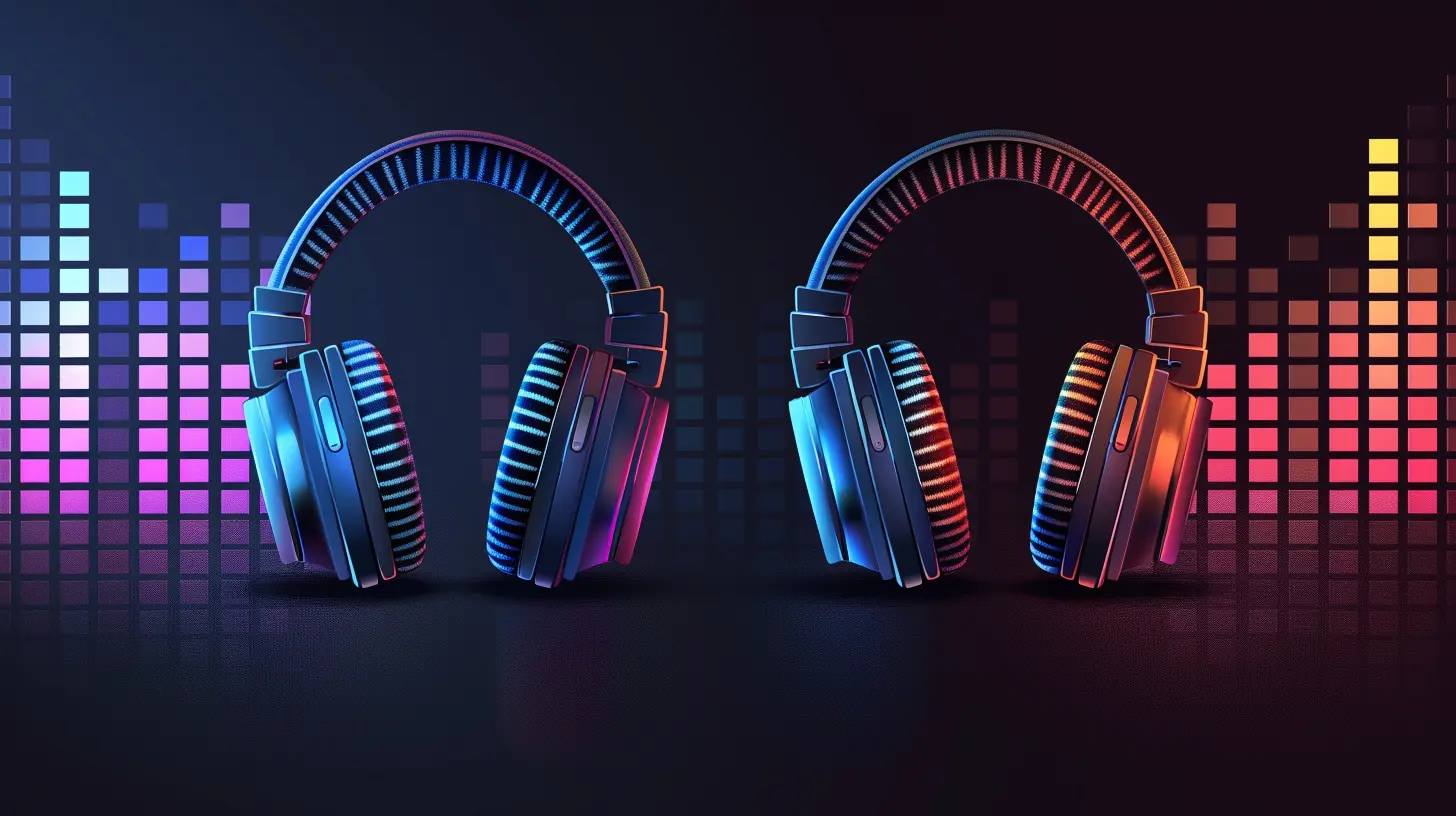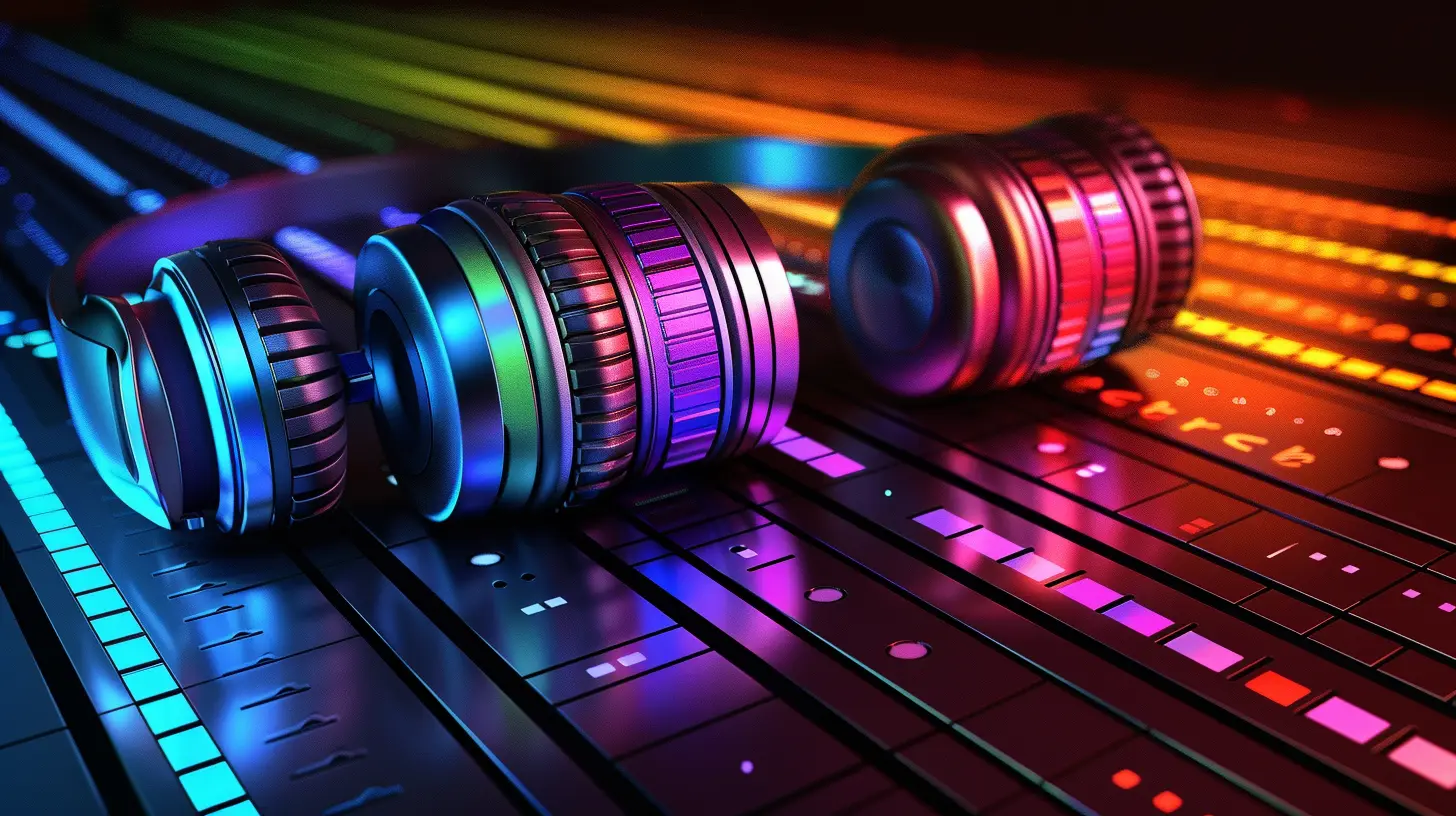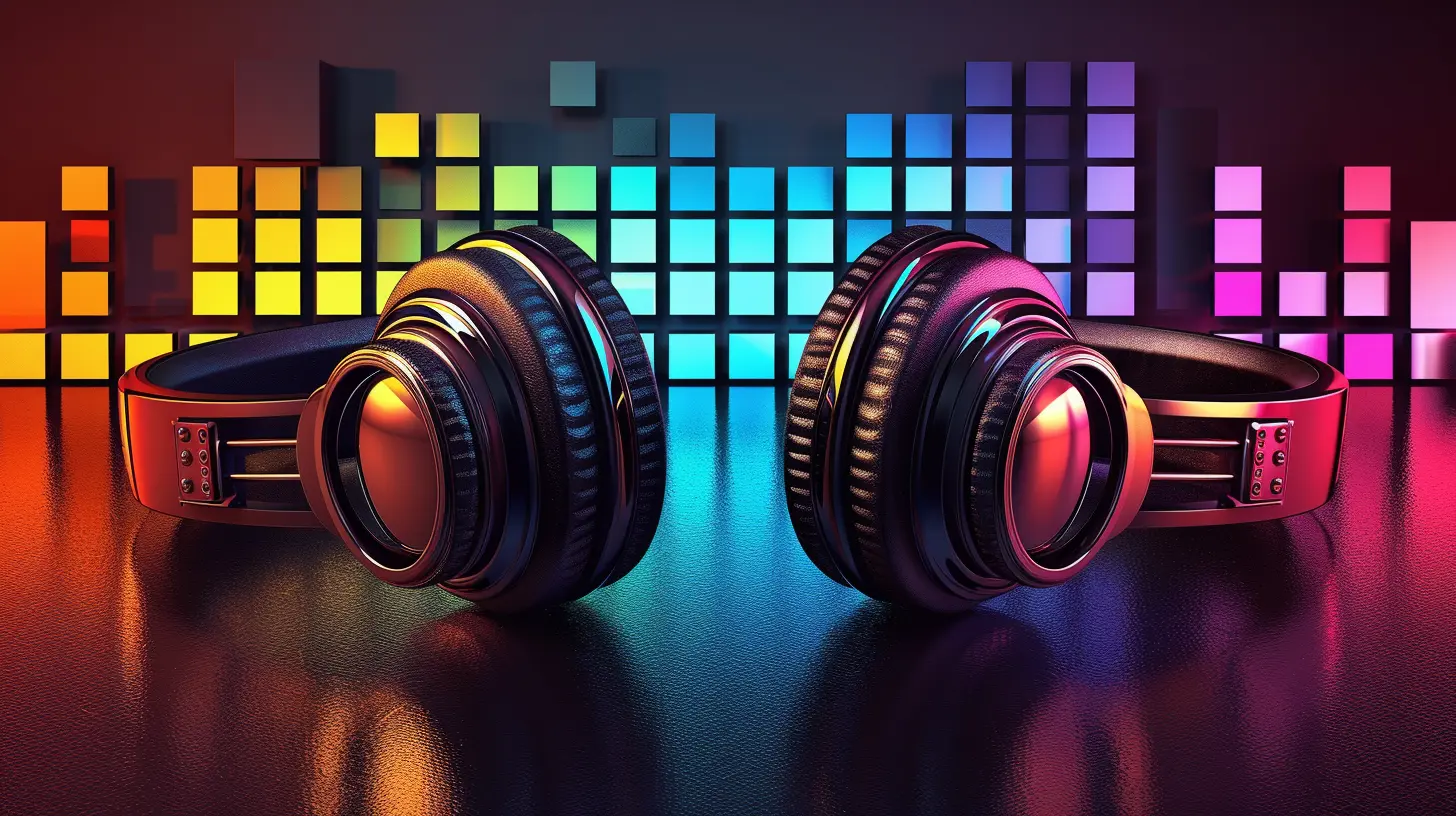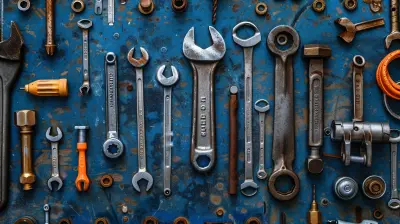How to Customize Headphone Sound with Equalizers
6 June 2025
Ever feel like your headphones aren’t giving you the sound quality you crave? Maybe the bass isn’t punchy enough, or perhaps the treble is a little too sharp, leaving your ears ringing after a long listening session. Well, the good news is that you can fine-tune the sound to your liking! How, you ask? With the help of an equalizer (EQ).
In this article, we’re going to break down how to customize headphone sound with equalizers, making sure your tunes hit all the right notes. Whether you're a casual listener or an audiophile, learning how to tweak your headphone sound can make a world of difference.

What Is an Equalizer?
Before we dive into the nuts and bolts of customization, let’s get a basic understanding of what an equalizer actually is. Think of it like this: an equalizer is a tool that lets you adjust the balance between different frequencies in your audio. It’s like a mixing board for your music, letting you boost the bass, smooth out the mids, or sharpen the treble.Most of us encounter equalizers in two settings: either through software (like in a music app or on your phone) or built into your audio equipment (like a stereo or high-end headphones). But don’t worry; you don’t need fancy equipment to get started. Even the simplest EQ settings can dramatically impact how your music sounds.
Frequency Bands: The Basics
An equalizer works by splitting audio into different frequency bands. These bands represent various parts of the sound spectrum:- Bass (Low Frequencies): Typically between 20Hz and 250Hz. This is where the deep, booming sounds live—think of the rumble of a bass guitar or the thump of a kick drum.
- Midrange (Middle Frequencies): Usually between 250Hz and 4kHz. This is where most of the vocals and instruments sit. Messing with this can significantly alter how clear or muffled your music sounds.
- Treble (High Frequencies): Between 4kHz and 20kHz. This is where the sharpness and clarity come from—the high-pitched sounds like cymbals or certain vocals.
Once you understand these frequency bands, you can start tweaking them to customize the sound in a way that suits your ears best.

Why Customize Your Headphone Sound?
So, why bother customizing your headphone sound in the first place? Isn’t the default setting good enough? Well, that depends.While the factory settings on most headphones are designed to work for a broad audience, they’re not tailored to your personal preferences. Maybe you love a bass-heavy sound for EDM tracks, or perhaps you want crystal-clear vocals for podcasts. Customizing the EQ allows you to get the sound that feels just right for you.
Also, every pair of headphones has its own "sound signature." Some might naturally emphasize bass, while others might be more balanced or bright. A good EQ gives you the power to either correct or enhance that signature, making your listening experience even more enjoyable.

Getting Started: Where to Find EQ Settings
First things first: where do you even find the EQ settings? It depends on how you're listening to your music. Here are a few common places you'll encounter equalizers:1. Phone Settings
Most smartphones come with built-in equalizers. Whether you’re using an iPhone or Android, you can usually find EQ settings buried somewhere in the sound or music settings. Some phones even come with pre-set EQ options like "Bass Boost," "Treble Boost," or "Acoustic."2. Music Streaming Apps
Many popular music apps like Spotify, Apple Music, and even YouTube Music offer equalizer settings. While these may not be as advanced as what’s available in dedicated audio software, they’re more than enough for casual listening.3. Dedicated Audio Software
If you’re using high-end headphones or you’re a serious audiophile, you might want to invest in some dedicated audio software. Programs like Equalizer APO (for Windows) or Boom 3D (for Mac) offer much more granular control over your sound.4. Headphone-Specific Apps
Some higher-end headphones come with their own companion apps that allow for EQ tweaking. Brands like Bose and Sony, for instance, often include EQ settings in their headphone apps. If your headphones come with one of these apps, definitely check it out.
Step-by-Step Guide to Customizing Sound with an Equalizer
Now that you know where to find the EQ settings, let's get into the fun part—customizing your sound. Here's a simple step-by-step guide to get you started.1. Know Your Preferences
Before you start sliding those EQ bars around, take a moment to think about what you want to achieve. Are you looking to boost the bass for more thump? Or maybe you want to enhance the mids to make the vocals clearer? Having a goal in mind will help guide your adjustments.2. Start with a Preset
Most EQs come with presets like "Rock," "Classical," or "Pop." These are great starting points, especially if you're new to EQ tweaking. Choose a preset that matches the genre you're listening to, then use it as a foundation to further customize the sound.3. Adjust the Bass
If you're a bass lover, this is where you'll want to focus. Slowly increase the lower frequencies (20Hz to 250Hz) to give your tracks more depth and punch. But be careful—too much bass can drown out the mids and highs, making your music sound muddy. A little boost goes a long way.4. Tweak the Mids
The midrange (250Hz to 4kHz) is where most of the action happens. If you want clearer vocals or more pronounced guitars, you’ll want to slightly boost this range. On the other hand, if your music sounds too harsh or "nasally," try lowering the mids to smooth everything out.5. Sharpen the Treble
To add clarity and sparkle to your music, increase the high frequencies (4kHz to 20kHz). But be careful here—too much treble can make your music sound tinny or overly sharp, especially on headphones that already have a bright sound signature.6. Fine-Tune and Test
Once you've made your initial adjustments, spend some time listening to your favorite tracks. Switch between different genres to make sure your settings work well across the board. Feel free to make further tweaks as needed. It’s all about finding that sweet spot where everything sounds just right.7. Save Your Settings
Most EQ apps and software allow you to save custom presets. Once you’ve found the perfect settings, make sure to save them so you don’t have to start from scratch every time. You can even create multiple presets for different genres or listening situations.Common EQ Mistakes to Avoid
While customizing your headphone sound can be a ton of fun, there are a few pitfalls to watch out for:1. Overboosting Frequencies
It’s tempting to crank up the bass or treble to the max, but this can distort the sound and make it less enjoyable. Try to make small, subtle adjustments. Remember, sometimes less is more.2. Ignoring the Mids
The mids are often overlooked, but they’re incredibly important for clarity and detail. Boosting the bass and treble without paying attention to the mids can make your music sound hollow or unbalanced.3. Relying Too Much on Presets
While presets are helpful, they’re not a one-size-fits-all solution. Everyone’s ears are different, and what sounds good to one person might not sound great to another. Use presets as a guide, but don’t be afraid to tweak them to your liking.
Final Thoughts: Make the Music Yours
At the end of the day, customizing your headphone sound with an equalizer is all about making your music sound the way you want it to. There’s no right or wrong way to do it—just experiment, have fun, and trust your ears. Whether you’re jamming to bass-heavy beats or relaxing to soft acoustic tunes, a well-tuned EQ can make a world of difference in your listening experience.Don't be afraid to dive in and start playing with those sliders. Your ears—and your music—will thank you.
all images in this post were generated using AI tools
Category:
HeadphonesAuthor:

John Peterson
Discussion
rate this article
3 comments
Miles Rocha
Finally, my music can sound perfect!
June 21, 2025 at 5:00 AM

John Peterson
I'm glad you found the tips helpful! Enjoy your perfect sound!
Blair Love
Great article! Customizing headphone sound with equalizers can truly enhance the listening experience. It’s refreshing to see practical tips that empower users to find their ideal sound profile.
June 11, 2025 at 3:47 AM

John Peterson
Thank you! I'm glad you found the tips helpful in enhancing your listening experience. Happy tuning!
Scarlett Coffey
Great insights! Customizing sound truly enhances the listening experience!
June 9, 2025 at 3:56 AM

John Peterson
Thank you! I'm glad you found the insights helpful. Customization really does make a big difference!



